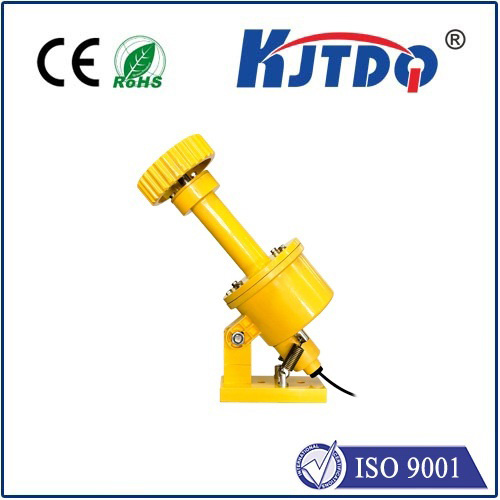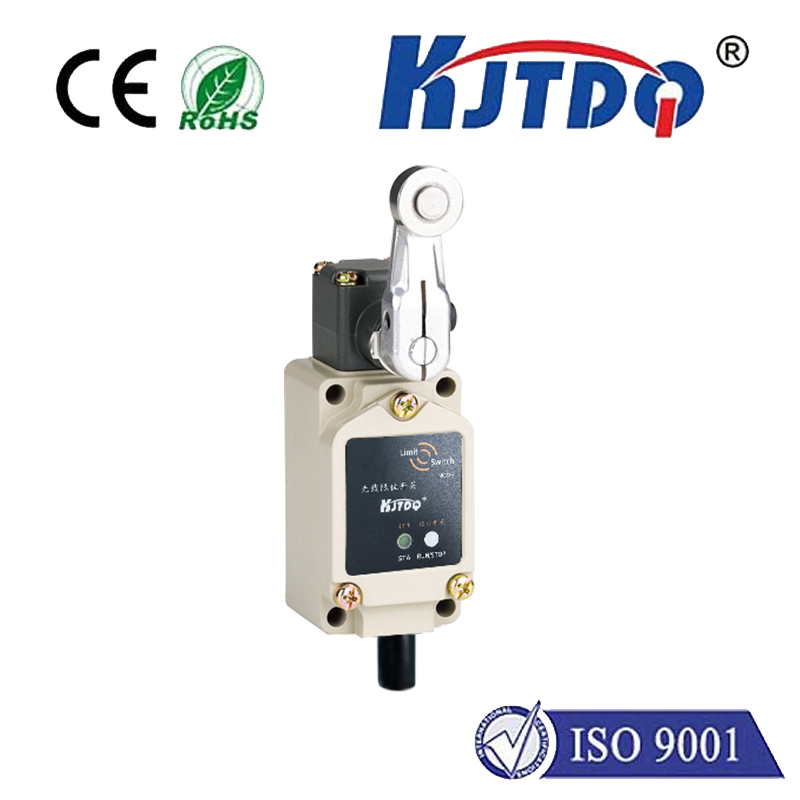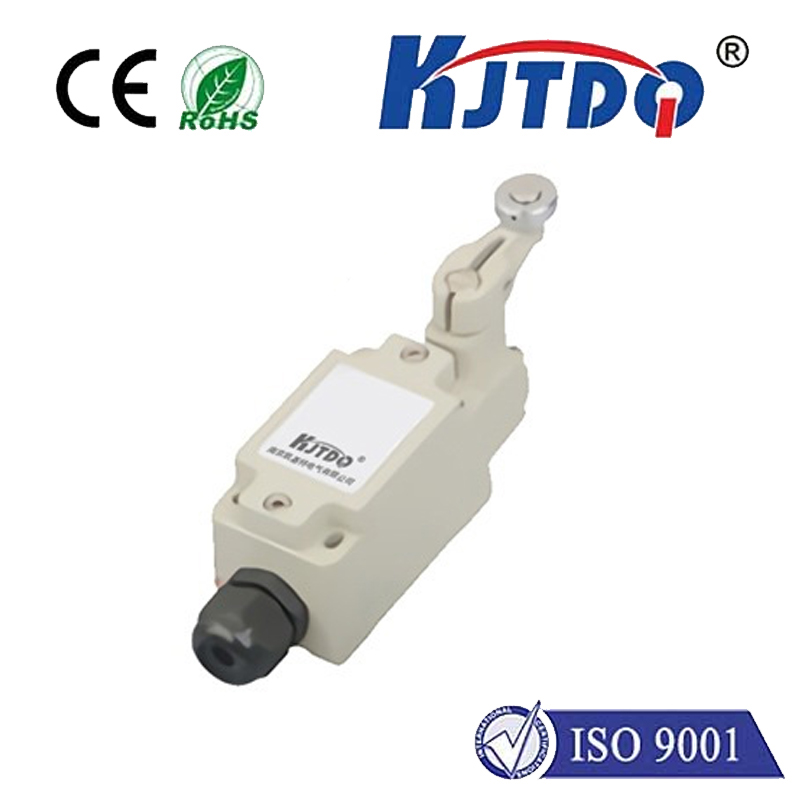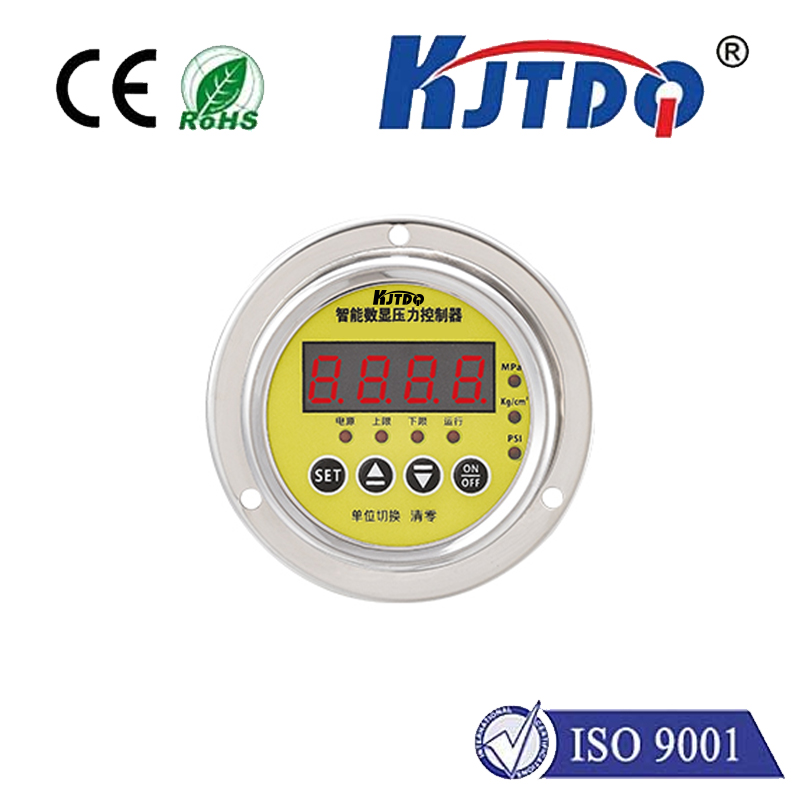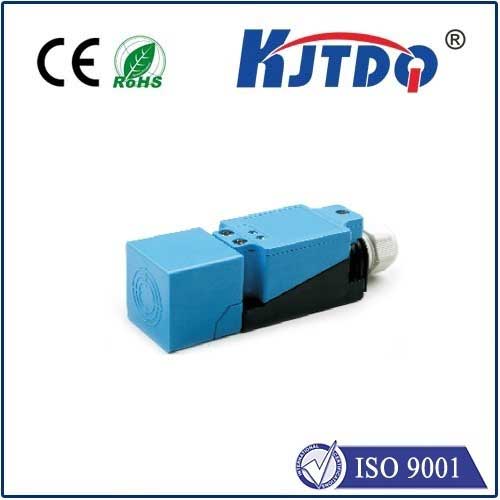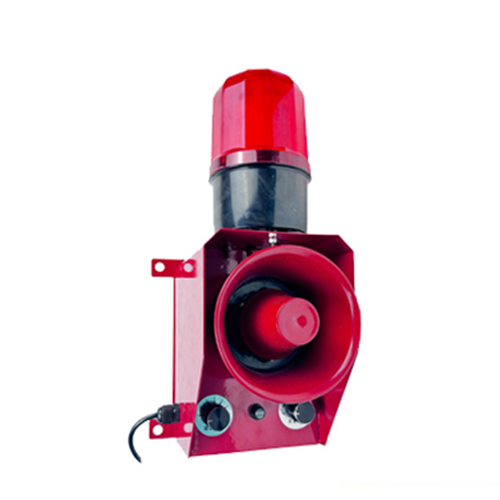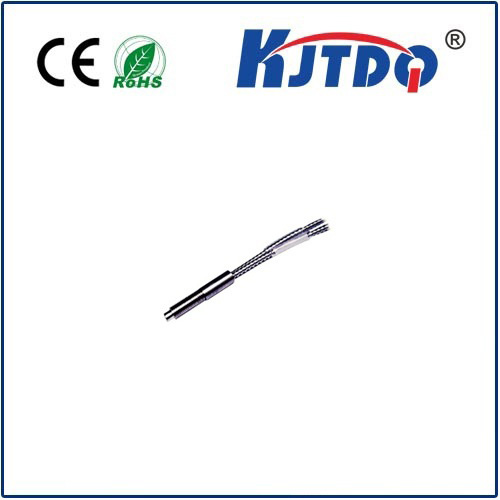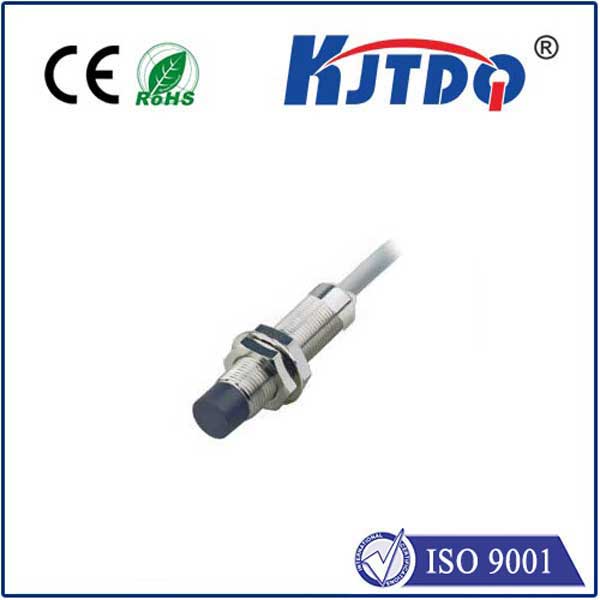12 volt actuator with limit switch
- time:2025-08-01 10:09:30
- Click:0
Harnessing Controlled Motion: The Essential Guide to 12V Actuators with Limit Switches
Imagine automating a hatch on your boat, precisely adjusting a solar panel for maximum sun exposure, or safely opening a gate – all powered by a compact, reliable device. The 12 volt actuator with limit switch is the unsung hero enabling precisely this kind of controlled linear motion in countless applications. Understanding this powerful combination unlocks a world of automation possibilities, especially where battery power, simplicity, and safety are paramount.
What Makes a 12V Actuator Special?
At its core, a linear actuator converts rotary motor motion into straight-line or “linear” push-pull movement. The “12V” specification is crucial:
- Ubiquitous Power Source: 12V DC is the standard voltage for automotive systems, marine applications, solar setups, and many battery banks. This broad compatibility makes 12V actuators incredibly versatile and easy to integrate.
- Portability & Off-Grid Use: Their ability to run directly from batteries or small 12V power supplies makes them ideal for mobile applications, remote installations, and renewable energy projects.
- Safety & Accessibility: Operating at lower voltage inherently reduces electrical shock hazards compared to higher-voltage AC systems. This, combined with their often simple wiring, makes them accessible to DIY enthusiasts and professionals alike.
- Compact Power: Modern 12 volt linear actuators offer impressive force outputs relative to their size, providing significant pushing or pulling power in constrained spaces.
The Critical Role of the Limit Switch
While the actuator provides the muscle, the limit switch is the essential brain for controlling travel safely and accurately. Limit switches are small sensors typically integrated within the actuator housing, positioned to detect when the actuator rod reaches its fully extended or fully retracted position.

Here’s why they are indispensable:
- Preventing Over-Travel & Damage: This is the primary function. Without limit switches, a motor-driven actuator will continue straining against its mechanical stops once fully extended or retracted. This causes excessive current draw (stall current), overheating the motor, damaging gears, bending the rod, or stripping components. Limit switches automatically cut power to the motor at the end points, preventing this catastrophic damage.
- Providing Precise Position Control: Limit switches provide reliable signals indicating the actuator has reached its absolute end positions. Control systems (like timers, relays, or microcontrollers) use these signals to know when to stop the actuator movement. This enables consistent, repeatable operation cycle after cycle.
- Enabling Automatic Reversal (in some controllers): In setups designed for it, the limit switch signal can trigger the actuator to automatically reverse direction once an endpoint is reached, creating a simple back-and-forth motion.
- Enhancing Safety: By preventing mechanical overload and potential component failure, limit switches significantly enhance the operational safety and longevity of the entire system.
The Synergy: 12V Actuator + Limit Switches
Combining a 12 volt linear actuator with integrated limit switches creates a remarkably robust and user-friendly solution. Here’s how they work together seamlessly:
- Power Application: A 12V DC source (battery, power supply) is applied across the actuator’s input wires.
- Movement Initiated: Polarity determines direction. Switching polarity makes the rod extend or retract.
- Endpoint Detection: As the rod approaches its maximum travel (in or out), it mechanically triggers the internal limit switch for that direction.
- Power Cutoff: The triggered limit switch opens the electrical circuit supplying power to the motor. The motor stops instantly, even if the control signal is still present.
- Safe Reset: To move again, the control signal polarity must be reversed, moving the rod away from the triggered limit switch, which then resets itself.
Key Advantages of Using 12V Actuators with Limit Switches:
- Intrinsic Safety: Automatic cut-off prevents motor burnout and mechanical overload.
- Position Reliability: Guarantees the actuator stops precisely at its defined end points every time.
- Simplified Control Logic: Eliminates the need for complex external sensors or timers to guess when the actuator has reached its limit. The switch provides the definitive signal.
- Extended Lifespan: Protecting components from stress dramatically increases the actuator’s operational life.
- Ease of Integration: The self-contained nature (motor, gearbox, rod, limit switches) makes them easy to install and connect to basic control systems like DPDT rocker switches, relays, or simple timers.
- Battery Friendly: Safe operation under stall conditions (thanks to the limit switch) protects the battery from excessive drain and potential damage.
Where You’ll Find Them in Action
The combination of low-voltage operation and built-in position safety makes 12V actuators with limit switches incredibly popular across diverse fields:
- Marine: Hatch lifts, sliding doors, boarding platforms, trim tab adjustment.
- Automotive & RV: Pop-up roofs, step deployment, seat adjustments, toolbox latches, tilt bed mechanisms.
- Agriculture & Outdoor: Greenhouse vent openers, livestock gate controls, snowplow chute adjustments.
- Solar Energy: Solar panel tracking systems (tilting panels for optimal sun angle).
- HVAC & Building Automation: Damper control for ventilation, louvre adjustment.
- Industrial Machinery: Positioning fixtures, material handling gates, light-duty automation tasks.
- Recreation: Adjustable furniture, TV lifts, ergonomic workstations.
- DIY Projects: Custom automation for home, garden, or workshop (e.g., automated chicken coop doors, projector lifts).
Selecting the Right 12V Actuator with Limit Switches:
When choosing, consider these critical specifications beyond the voltage:
- Stroke Length: The distance the rod travels (extension length).
- Load Capacity: The force the actuator can exert (Static Load - holding force; Dynamic Load - moving force).
- Speed: How fast the rod extends/retracts (typically in inches or mm per second).
- Duty Cycle: The maximum recommended operating time (e.g., 25% duty cycle = run 1 minute, rest 3 minutes). Essential for avoiding overheating.
- IP Rating: The Ingress Protection rating indicates resistance to dust and water (e.g., IP54, IP65, IP66). Crucial for outdoor or harsh environments.
- Limit Switch Type: Usually internal mechanical switches. Confirm they are included (standard on most quality 12V actuators).
- Mounting Options: Rod clevis, base mounting style (e.g., trunnion, dual-pivot).
The 12 volt actuator with limit switch is a testament to elegant and practical engineering. It delivers powerful, controlled linear motion safely and reliably wherever 12V power is available. By seamlessly integrating force generation with intelligent endpoint protection, this combination provides a fundamental building block for countless automation tasks, empowering innovation from the workshop to the open seas. When you need dependable motion within defined boundaries, the 12V actuator equipped with its guardian limit switches is often the perfect solution.






